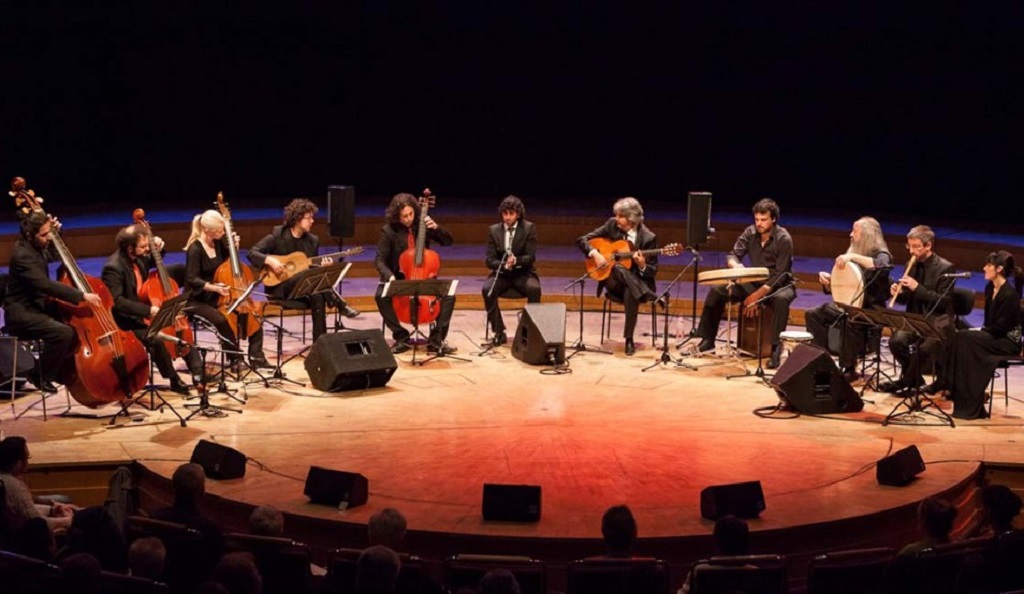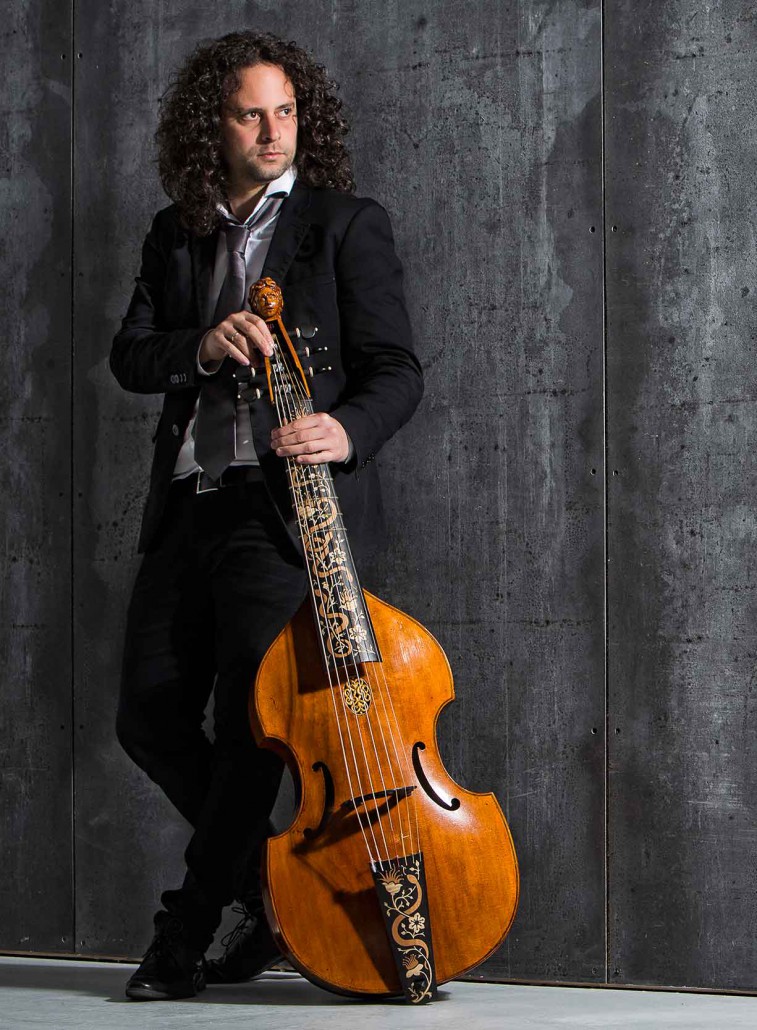Musical "Romances" between Muslims and Christians

Ask people what they associate with the year 1492 and most will say that it was the year Christopher Columbus "discovered" America. In southern Spain, however, an entirely different era began at the start of that year: on 2 January, the last Moorish king, Boabdil, handed over the keys to the city of Granada to his Christian successor, King Ferdinand V.
This simple act marked the end of centuries of Arab rule in Andalucia, southern Spain. "Romances" – Spanish ballads that tell a story – tell of this very period of transition.
"We imagine that Christians and Moors were always fighting each other – for territory or for religious reasons. But in the 'romances', you get a sense that it wasn't always like that and that it was more a case of the emergence of an interesting mix of cultures," explains Fahmi Alqhai, gambist and founder of the ensemble Accademia del Piacere.
"The 'Romances', which were written by Christians, are often sad. In the case of the fall of Granada, they ask why the Moorish king had to leave the country and note that this meeting of the cultures will no longer exist. So, 'romance' means story, but it also has the meaning of 'understanding' and 'love'."
Like in Syria before 2011

Fahmi Alqhai draws parallels between the Romances and his own biography.
As the son of a Syrian father and a Palestinian mother, he spent the first 11 years of his life in Syria and grew up in a street full of people of different faiths: Catholics, Orthodox Christians and Muslims.
They chatted on the street and shopped in each other's shops.
"War always starts when rulers insist that people move from A to B or that people take on a different faith. We must always remember that the differences between the religions were never a problem for the ordinary people," he says.
In addition to this extramusical theme, the "Romances" programme also showcases exciting links between different sounds.
These emerged quite organically when both Moorish and Christian musicians played together in ensembles at the royal courts and observed each other's playing techniques.
This can be seen in the illustrations in King Alfonso X's famous book of "Cantigas", which dates from the thirteenth century.
This Moorish influence in southern Spain – even after the fall of Granada – meant that compositions of the High Renaissance from this region are noticeably different from the music of northern Spain and most definitely from the music north of the Pyrenees at the time.
"Many pieces from this era have a quintuple metre, which is derived from the Arab-Andalusian decuple metre, while the triple and quadruple metre is much more widespread in the North. 'Lamma Bada', one of the most famous Andalusian pieces of all, is written using decuple metre [in 10/8 time – ed.], and the well-known composition 'Di, perra mora' by Pedro Guerrero from the sixteenth century, picks up this rhythm," explains Alqhai.
Another special feature of this music is its use of the Phrygian mode, which is very rarely found in France and England and can be assumed to come from the influence of the Arabs.
Flamenco: born of the encounter between Christian and Arab culture
The fall of Granada was followed by the Era of Discovery, which further enriched the musical mix in Spanish culture, adding influences from sub-Saharan Africa and indigenous influences from the continent of America, which was then completely new territory for Europe.
And then, of course, there was flamenco, described by Alqhai as "the most beautiful flower that grew out of the meeting of Christian and Arab culture", which features prominently in the Accademia del Piacere programme in the music of guitarist Dani de Moron.
According to Alqhai, flamenco demonstrates to this day the link between Andalucia and this rich past. After all, it is a prime example of how existing local folklore blended with the music of the immigrating gitanos to form a unique language of sound.
But what voice could possibly bring all these different elements together coherently and convincingly? This is where the Belgium-based Tunisian singer Ghalia Benali comes into play.
"Ghalia is not only a warm-hearted, open person, she also has huge potential as an artist," says Alqhai, who has known her for 15 years. "She has an in-depth knowledge of these bridges between the cultures and brings her own ideas into play too, for example, with the contemporary poetry of a Palestinian poet who fled to Brussels. This means that we have different refugee movements in the programme: contemporary refugee movements and the flight of the Moors, who had to leave Spain in the past."
Accademia del Piacere's soprano, Quiteria Munoz, and Benali complement each other beautifully in terms of timbre and expression. "Sixty percent of this programme is not written down in note form. This means we can align ourselves with the musical practices of the era. The crucial thing for me was to work with musicians who can improvise. Ghalia and Quiteria are perfect for that."
© Qantara.de 2023
Translated from the German by Aingeal Flanagan
Accademia del Piacere & Ghalia Benali: "Romances“ , Cologne Philharmonic, Festival FEL!X, Saturday, 19 August, 20:00